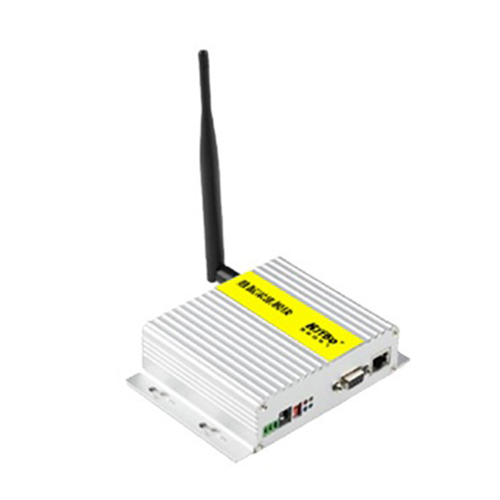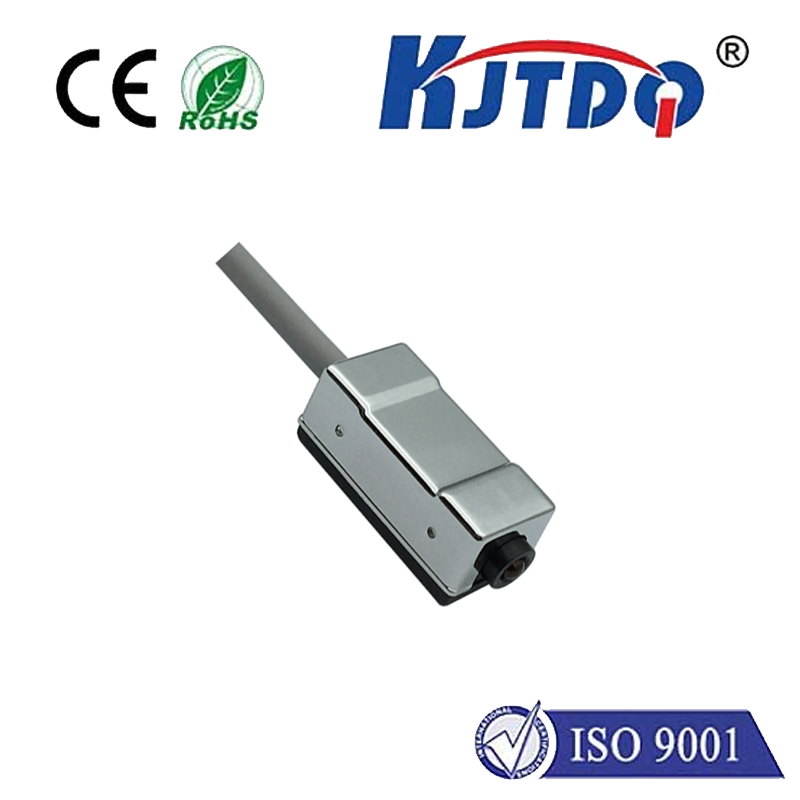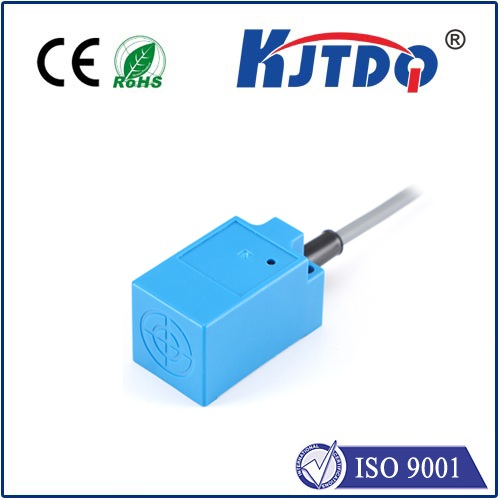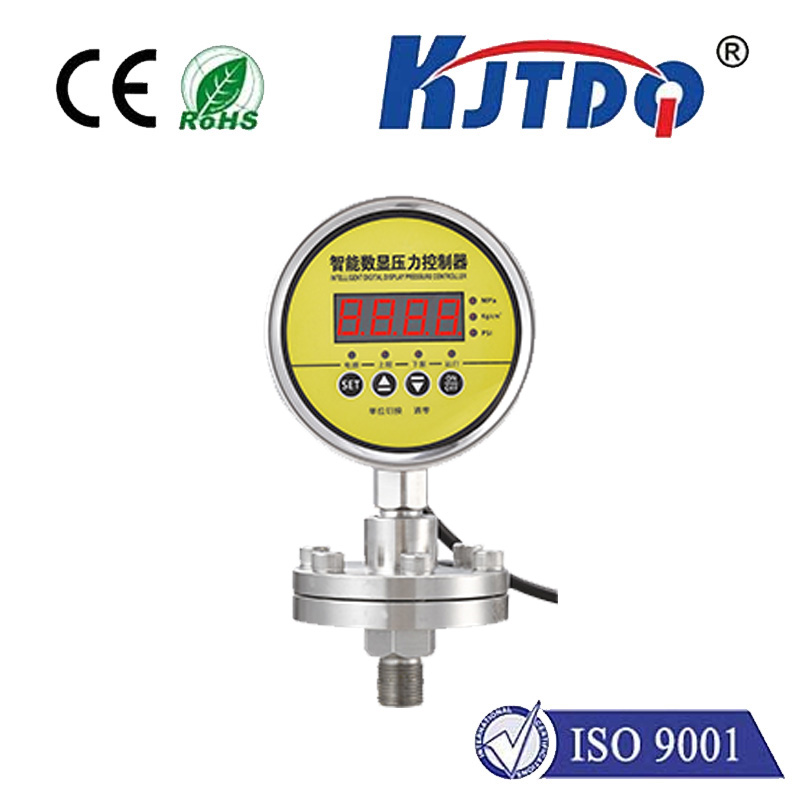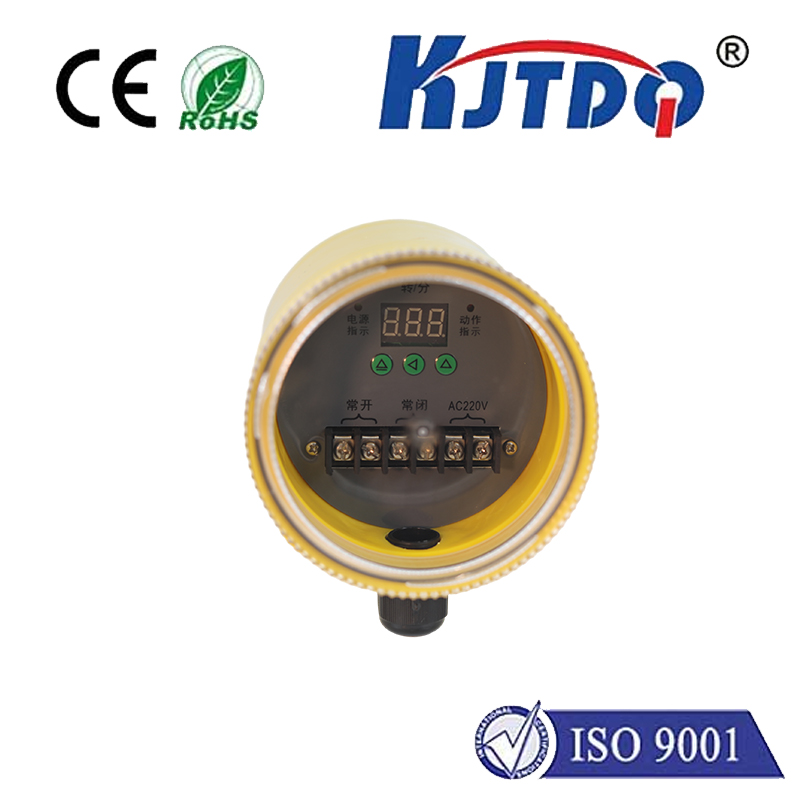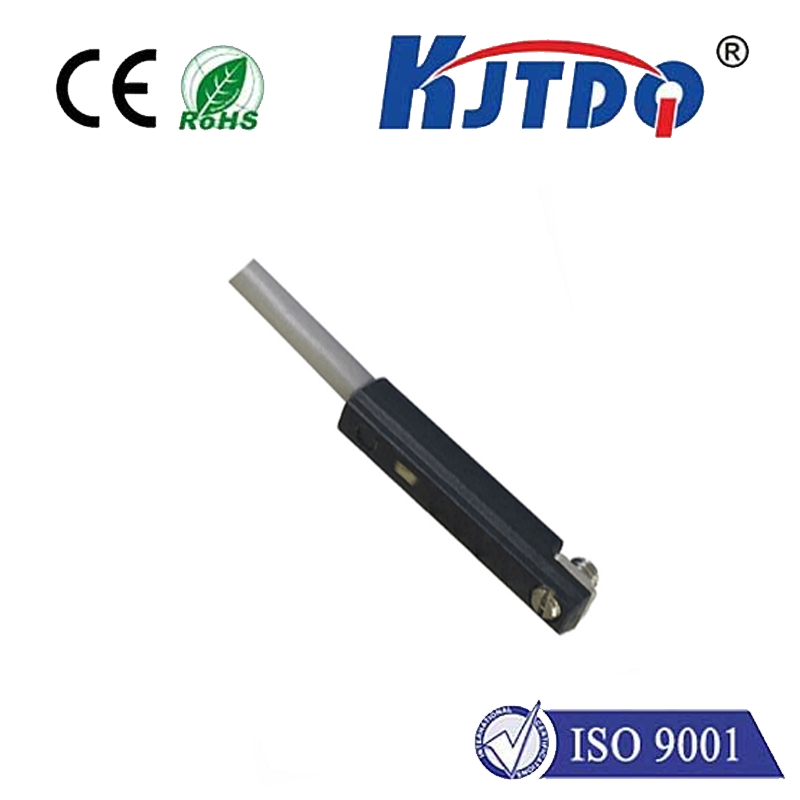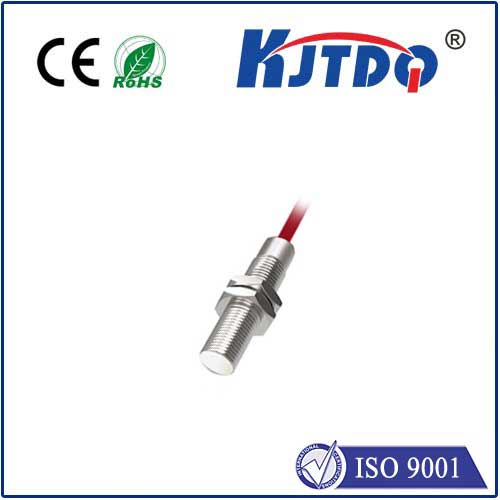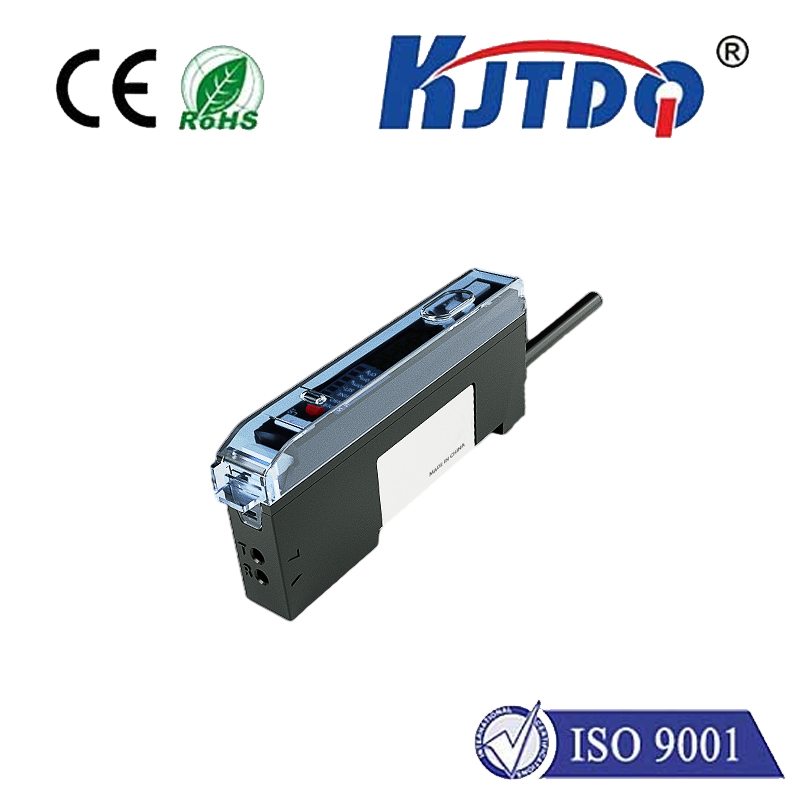no limit switch
- time:2025-08-08 03:21:54
- Click:0
Beyond Boundaries: Exploring Applications and Caveats of Systems Without Limit Switches
The phrase “no limit switch” instantly triggers alarm bells for many engineers and technicians. After all, limit switches are ubiquitous safety and control components, acting as the vigilant sentinels defining the physical boundaries of machine movement. Their primary role is to prevent over-travel, protect equipment, and ensure operator safety by halting motion when a designated point is reached. So, a system designed without these devices? It sounds counterintuitive, perhaps even reckless. However, the reality is more nuanced. Deliberately opting for a “no limit switch” configuration, when done correctly and with rigorous justification, represents a specific engineering choice driven by unique operational demands.
Understanding the Standard Paradigm
In conventional machinery, limit switches are fundamental. Think of a CNC machine’s axis travel, a garage door opener, or an automated conveyor diverter. These switches provide hard, physical confirmation of position. When an actuator, carriage, or door reaches its intended endpoint, the switch is triggered, sending a signal to the controller to stop motion. This prevents the motor from straining against a mechanical stop (potentially damaging itself or the mechanism), ensures components don’t collide, and forms a critical layer in safety circuits. Reliance on this physical feedback is deeply ingrained in safe machine design.
Where “No Limit Switch” Finds Its Place

So why would engineers ever bypass this seemingly essential component? The decision is never taken lightly and typically arises in scenarios where traditional limit switches introduce unacceptable limitations or fail to meet application requirements:
- Continuous Motion and Uninterrupted Flow: Certain processes demand absolutely seamless, non-stop movement. Introducing a pause for a limit switch actuation, however brief, could disrupt synchronization or compromise product quality. Examples include high-speed rotary filling machines, specific types of printing equipment, or continuous web handling systems where any stop/start cycle creates defects. Eliminating the need for discrete end-of-travel sensing enables truly uninterrupted operation.
- Closed-Loop Motion Control Precision: In high-performance applications like semiconductor manufacturing, robotics arms performing complex paths, or precision laser cutting, position is governed with extreme accuracy by sophisticated closed-loop systems. These systems employ high-resolution encoders or laser interferometers directly attached to the moving element, providing continuous, real-time positional feedback to the controller far exceeding the precision of a physical switch. Relying solely on this feedback loop eliminates the potential error introduced by switch repeatability or actuation point drift. Motion stops are determined purely by the controller’s internal position target, not an external switch.
- Harsh Environments: Environments laden with excessive dust, moisture, chemicals, vibration, or extreme temperatures can rapidly degrade or cause premature failure of mechanical limit switches. In situations where reliability of the switch itself is a major concern, other sensor technologies or relying purely on robust closed-loop control might be deemed a more dependable solution, assuming safety can be assured through other means.
- Minimizing Mechanical Components: For very simple, slow-moving systems with minimal force or inertia, or where absolute positional precision isn’t critical, engineers might design the mechanism to use inherent physical stops (like bumpers or end plates) and rely solely on the motor stalling or current sensing within the drive. While not sophisticated, this represents a rudimentary “no limit switch” approach for very low-risk applications. However, this method carries significant risks and inefficiencies.
Critical Prerequisites and Caveats
Choosing a “no limit switch” approach is NEVER a shortcut or a cost-saving measure at the expense of safety. It demands rigorous engineering justification and robust compensatory measures:
- Absolute Reliance on Closed-Loop Feedback: This is non-negotiable. The control system must have high-integrity, redundant position feedback (e.g., dual encoders) with proven reliability and diagnostics to detect faults (like encoder loss) instantly. The system’s ability to know its exact position accurately and reliably is paramount.
- Robust Controller and Drive Safeguards: The motion controller and drive must incorporate sophisticated software travel limits that are rigorously tested and validated. They must also feature critical safety functions like Safe Torque Off (STO), Safe Stop 1 (SS1), or Safe Limited Speed (SLS) as a minimum, often implemented via certified safety PLCs or drives meeting standards like ISO 13849 (PL d/e) or IEC 62061 (SIL 2⁄3). Hardware safety relays or dedicated safety controllers remain essential layers.
- Careful Torque/Force Management: The system must be designed so that if an over-travel does occur due to a system failure (e.g., encoder fault), the resulting torque or force applied at the mechanical end stop does not cause catastrophic damage or create a hazard. This involves understanding inertia, friction, and motor torque characteristics intimately.
- Alternative Sensor Backups (Where Possible/Needed): While a physical limit switch at the extreme end might be omitted, other sensors along the travel path might still be employed for intermediate positioning, homing sequences (using a single reference switch), or redundancy. Proximity sensors, photoelectric sensors, or even simple home switches often play crucial roles.
- Thorough Risk Assessment (ISO 12100): This is the cornerstone. A detailed risk assessment must conclusively demonstrate that omitting physical limit switches does not introduce unacceptable risks and that the compensatory measures effectively reduce residual risk to an acceptable level. All foreseeable failure modes of the closed-loop system must be analyzed.
Safety: The Non-Negotiable Factor
The most critical point to emphasize is safety. Omitting a physical limit switch removes a vital layer of safety redundancy. In systems where personnel could be exposed to moving parts, relying only on software limits and encoder feedback is generally insufficient for personnel safeguarding. Physical safety devices like light curtains, safety mats, interlocked guards, or certified hardwired safety relays monitoring the primary safety functions are mandatory. The “no limit switch” design primarily addresses operational control and precision, not the fundamental safety of personnel. Safety circuits must remain independent and robust.
Conclusion
The concept of “no limit switch” is not about recklessness; it’s about optimizing control strategies for specific, demanding applications where traditional methods introduce constraints. Driven by needs for uninterrupted motion, ultimate precision, or harsh environment survival, it represents a sophisticated engineering solution. However, this approach carries significant responsibility. It demands exceptionally reliable closed-loop feedback, robust safety-rated controllers and drives, comprehensive failure mode analysis, meticulous risk assessment, and unwavering adherence to functional safety standards. When implemented correctly, it pushes the boundaries of machine performance. When implemented poorly or without justification, it invites failure and hazard. Understanding why and how limit switches might be intentionally omitted is crucial for engineers navigating the complexities of advanced automation.







